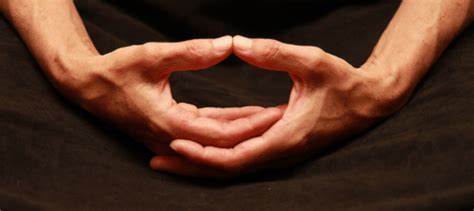 An article in yesterday’s New York Times, “Rituals Keep These Athletes Grounded. They Can Help Parents, Too,” offers advice that is as relevant to meditators as it is to athletes and parents. (If you can’t access the article online, you can access a pdf here.)
An article in yesterday’s New York Times, “Rituals Keep These Athletes Grounded. They Can Help Parents, Too,” offers advice that is as relevant to meditators as it is to athletes and parents. (If you can’t access the article online, you can access a pdf here.)
“Rituals allow you to create a pathway to connect your mind and body and feel in control during a time where there are a lot of unknowns,” said Caroline Silby, Ph.D., a sports psychology expert for professional athletes, including the United States figure skating team. She said once that connection is made, we are “more empowered to respond and make effective choices.”
…. Before every free throw, [Kevin Love of the Cleveland Cavaliers] dribbles the ball three times and waits an extra beat before shooting — a ritual he finds to be “super grounding” and a way to find focus.
Few of us will find ourselves aiming a free throw in a championship game, but the ability to access calm and focus serves us whenever we are faced with stress or conflict – in a family spat, for instance, or cutoff by some jerk in traffic. In those cases, we can’t actually do the ritual, but if we have firmly established it, just calling it to mind will help bring calm and clarity to a moment of stress.
Here are some suggestions. Adapt these or invent others to make your ritual entirely your own.
- Choose a spot where you can meditate regularly. The familiarity of a habitual place is calming all on its own. You may also want to create a personal altar of items that you can associate with your practice, such as a photograph of a spiritual figure, beloved teacher or mentor, or elder—someone who can remind you of the deepest wisdom inside yourself. And/or, you might light a candle or have a small vase with a flower or two, fresh or dried.
- Assume a posture of graceful dignity. Whether you sit in a chair or on a cushion, assume a balanced posture, straight but not rigid—a posture that will allow you to feel grounded, alert, open, and at ease. Pay attention to the position of your head so that it seems to float, supported by your skeletal structure, rather than held by your muscles (think of holding an 8-pound bowling ball with your wrist bent for several minutes to get a sense of what a difference this can make.)
- You may want to rest your hands in a traditional position (a mudra in Sanskrit, meaning “seal” or “gesture.”) I cup my right hand in my left hand with my thumbs touching. This is the hand position seen in many statues of the Buddha; it is also so natural that you won’t feel self conscious using it in public if, say, you want to meditate for a few moments in a doctor’s waiting room or on a plane
- Begin and end your practice with a bell. If you don’t have a physical bell, consider a meditation app. I use i-Qi Clock and Meditation Timer which functions only as a clock or timer but lets you choose from a variety of bells and customize your sessions. Insight Timer has many more features, including guided meditations and the option of belonging to an online community. You can find dozens of other options, many of them free, in your app store.
When I reviewed this list after typing it, it seemed long and perhaps daunting. Don’t let it be! Choose one or two items and adapt them so they seem both personal and easy to associate with your regular practice. Practice with them for two or three weeks and you will be surprised how simply assuming a posture or looking at an object will help deepen your meditation, and how, when you are not meditating, just thinking of them will bring an increased sense of presence and calm.

